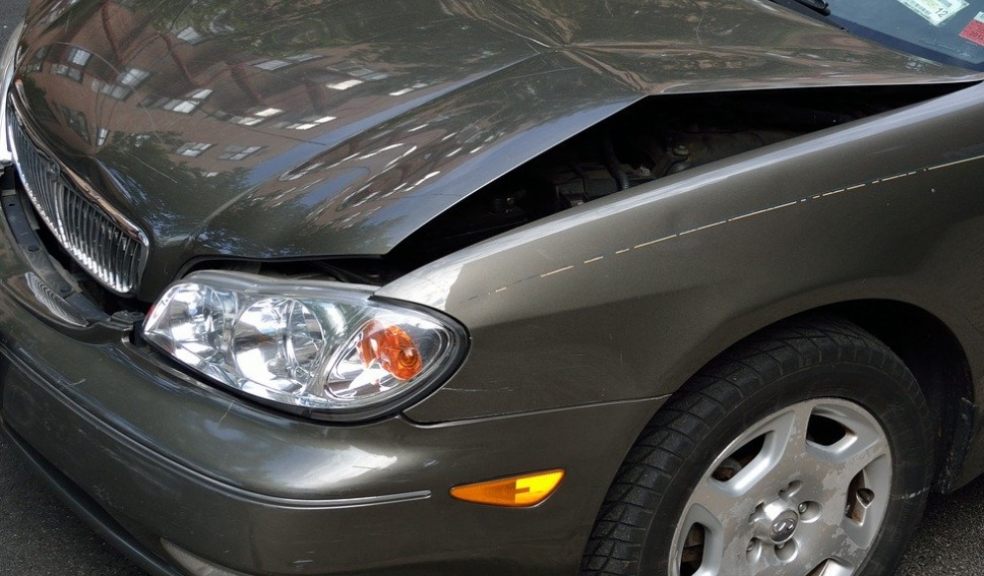
How do auto insurers determine fault after a crash?
One of the most challenging aspects of unraveling an auto accident is determining which driver was at fault. All accidents are not necessarily total fault situations, and who is actually at fault has a major impact on how claims are paid.
The level of fault is sometimes agreed among respondent insurance providers and accident reconstruction officers, but many times the level of fault for each driver becomes a major point of contention when damage settlements are being negotiated.
This is why it is so important for all injured victims to have aggressive legal representation when settling their claims. There is often only so much money available based on the liability coverage each driver carries on their personal auto policy. This is especially true for all involved drivers depending on the state insurance laws.
Negligence and fault are the keys to any car accident liability claim in any state. Keep reading to learn more about how liability is determined.
Accident Reconstruction
The first step in determining fault in an auto accident is developing the official accident report. This is done by law enforcement officers who investigate the collision and determine officially what actually happened. However, this is not the final say in actual fault assignment. It is just the first tool available for all parties to use in assessment.
Even though accident reconstruction specialists attempt using a scientific explanation, each insurance company and the legal counselors of each victim will often conduct independent investigations that can also include assessment of other causes. The competing versions of events are used when negotiating liability levels and financial damages.
The Role of a Jury in Auto Accident Cases
Accident injury cases that cannot be worked out in the claims process will eventually find the way to a courtroom. All drivers in any accident adjudication each typically have an attorney and an insurance company, both of which are trying to minimize the comparative negligence level of their client.
The type of comparative fault law the state of occurrence uses is vital to being financially compensated for injuries. While most passengers are never assigned any percentage of fault, each driver is assessed for personal contribution to causation of the mishap. Their claims are then discounted by their comparative fault percentage.
The jury has final say regarding official fault levels, and they also determine the amount of awards for each injured victim.
Vicarious Liability
Another form of fault in an auto accident involves third parties such as trucking companies, employers of other commercial drivers, and shipment contractors. These liability assignments are also determined by the jury when a case goes to court, which is typical in most vicarious liability cases.
Vicarious liability claims can also result in punitive damages beyond additional awards based on the level of negligence. This is often pursued in very serious injury cases when there is minimal insurance coverage available for all injured parties.
How Comparative Fault Affects Individual Claims
Comparative fault law can be good and bad depending on the state. Many states use pure comparative fault law that allows anyone who is not totally at fault for an accident to receive some level of financial compensation. The modified comparative negligence law that many states use is either set at 50% or 51% for a bar against any financial damage award.
The 50% law is particularly bad in states that use it because two-car, 50-50 accidents would result in neither driver being compensated for injuries or property loss unless they carry full coverage insurance complete with personal injury protection.
In addition, there are four states and the District of Columbia that use contributory negligence law that holds an injured party with even 1% of fault assignment be barred from pursuing financial damages for injuries or property damage.
It is clear that the competing interests of all involved parties can have an impact on the final determination of fault. This is why it is essential to have solid legal counsel when any compensation is being sought for accident-related injuries.

















